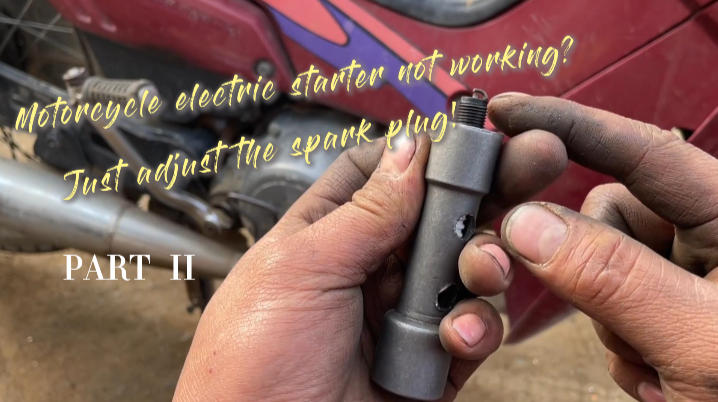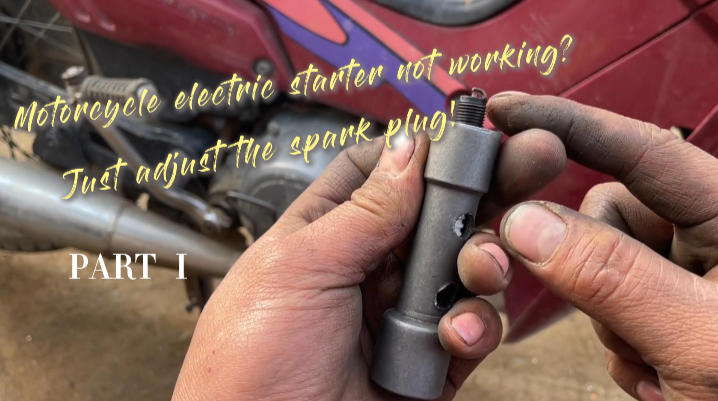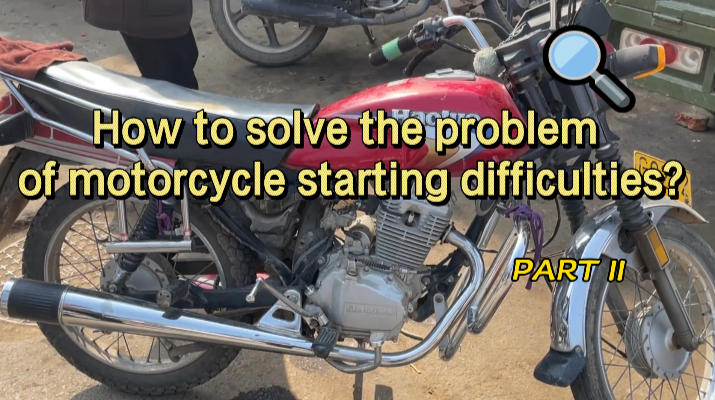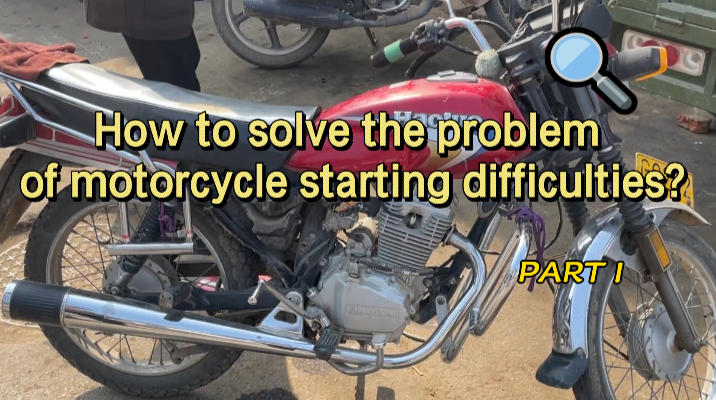The Ultimate FPV Drone Motor Guide: Everything You Need to Know
-
10
-
2025-09-29 16:41:05
In recent years, FPV racing drones have gradually become a hot topic in China. Despite this, many people remain unfamiliar with this emerging concept. FPV racing drones, known in Chinese as “chuā yuè jī”, are quadcopters that enable first-person view (FPV) flight, and they are steadily entering our lives.
01 Basics of FPV Aircraft
FPV aircraft, or “first-person view” drones, differ from the aerial photography drones widely known to the public, placing greater emphasis on agility and racing experiences. Through video transmission monitor systems, they enable first-person view control on screens, delivering an immersive flying experience for pilots. Compared to aerial photography drones that prioritize stability and filming capabilities, FPV aircraft focus more on speed and flight agility.
Next, let's briefly explore the characteristics of FPV aircraft.

02 Equipment Details
▍ Remote Controller and Channels
The remote control channel of a drone refers to the "exclusive path" between the remote control and the drone for transmitting independent control signals. Each channel corresponds to a core action or function of the drone that can be independently controlled, which is the key foundation for achieving precise and flexible flight of the drone. In simple terms, the number of channels directly determines how many different independent commands the remote control can issue to the drone - the more channels there are, the richer the functional dimensions that can be controlled.
For instance, for a quadcopter, at least four channels are required to achieve basic flight control, namely the aileron channel, the take-off and landing channel, the throttle channel and the steering channel. The aileron passage is responsible for controlling the drone to roll sideways around its longitudinal axis, the lift passage is responsible for controlling the drone to pitch around its transverse axis, the throttle passage is responsible for controlling the drone to rise or fall along the vertical axis, and the direction passage is responsible for controlling the direction of the drone's nose or the rotation direction of the fuselage. For more complex drones or other remote control devices, such as those that need to control the Angle of aerial photography cameras, switch flight modes, or control the movements of mechanical arms, more channels are required.
Japanese hands and American hands are two different types of remote control joystick control methods. The core difference between them lies in the position of the throttle lever and the functions controlled by each joystick. The key to distinguishing the "Japanese hand" from the "American hand" of a drone remote control lies in the position of the throttle joystick. There is a simple way to determine which one is the throttle joystick: observe the two control joysticks. The one that does not automatically return to the middle position after being pulled up and down is the throttle joystick responsible for controlling the power.
The specific differences are reflected in two aspects: In terms of position, the one with the throttle joystick on the right is a Japanese hand, while the one on the left is an American hand. In terms of actual control logic, due to the different positions of the throttle, the functions corresponding to the joysticks of the two are also different - for instance, the American hand uses the left joystick to control the ascent and descent (throttle) and in-place rotation of the drone, while the right joystick controls the forward, backward, left and right flight. For the Japanese hand, the right joystick is responsible for lifting and lowering (throttle) and flying left and right, while the left joystick is responsible for flying forward and backward and rotating in place.
It should be added that in the control of quadcopters, the core function of the throttle is to regulate the power supply current: the greater the current, the faster the motor speed, the stronger the lift obtained by the unmanned aerial vehicle, and the more prominent the flight altitude and power performance. Conversely, when the current decreases, the motor speed slows down, the lift weakens, and the drone will either lower its altitude or reduce its power output.
Flight Controller Board
The flight controller, commonly abbreviated as FC, is the core component of a quadcopter. Its primary function is to ensure stable flight for the quadcopter. Without a flight controller, the quadcopter may experience flight force imbalances due to installation errors, external interference, or component inconsistencies, leading to uncontrollable rolling motions. Through its built-in gyroscope functionality, the flight controller continuously monitors and adjusts the quadcopter's flight state in real-time, ensuring smooth operation.
Two common flight control modes exist: X Mode and + Mode. X Mode offers greater maneuverability but requires more advanced piloting skills, while + Mode is easier to master initially, though it provides slightly less agility and is better suited for beginners. It's important to note that different flight control modes may necessitate distinct installation configurations. Incorrectly mounted flight controllers can cause the quadcopter to experience severe vibrations or even fail to take off.
ESC Function
The ESC, or Electronic Speed Controller, plays a crucial role in quadcopters. Its core function is to convert control signals from the flight controller board into electrical current that regulates motor speed. Since motors generate high currents during operation—currents the flight controller board cannot directly handle—the ESC becomes indispensable. Additionally, the ESC handles voltage conversion, stepping down the 11.1V supply to 5V to provide stable power for the flight controller and transmitter.
When selecting an ESC, its current capacity is paramount. Ratings like 20A or 40A indicate the maximum current the ESC can safely deliver. For safety, select an ESC capable of handling the motor's maximum current. Additionally, consider future potential needs and opt for an ESC with slightly higher current capacity.
Furthermore, due to the specific demands of quadcopters, choose an ESC with fast response times. While some common ESCs on the market allow response speed adjustment through programming, selecting an ESC specifically designed for quadcopters is more suitable.
For programming, ESCs can be connected directly to the throttle output channel of the remote control receiver for setup, or configured conveniently using the manufacturer's programming card. Crucially, all ESC settings must be identical to ensure quadcopter flight stability.
▍ Brushless Motors and Propellers
The motor is the core component of a quadcopter and is divided into brushed motors and brushless motors. In the field of four-axis flight, brushless motors have become mainstream, with the advantages of being powerful and durable. So, how to understand the numbers in the motor model?
For instance, the common 2212 motor and 2018 motor, their numerical meanings represent the dimensions of the motor. Specifically, the first two digits represent the diameter of the motor rotor, while the last two digits represent the height of the rotor. In addition, the KV value of the motor is also a key indicator. The KV value represents the relationship between the rotational speed of a brushless motor per minute of idling and the applied voltage.
For instance, a 1000KV motor, when an external voltage of 1V is applied, rotates at 1000 revolutions per minute in idle mode. If a 2V voltage is applied externally, the rotational speed will increase to 2000 revolutions. Equally important are the propellers. The model of the propeller is also composed of four digits. The first two digits represent the diameter of the propeller (unit: inches), and the last two digits indicate the Angle of the propeller. To ensure the stability of four-axis flight, the rotation directions of the separated propellers must be opposite, which requires the coordination of the forward and reverse propellers. Both the forward and reverse OARS blow downward. Among them, the one suitable for clockwise rotation is called the forward oar, while the one suitable for counterclockwise rotation is called the reverse oar. When installing, make sure the side with the characters is facing upwards (that is, the rounded side of the blade is consistent with the rotation direction of the motor). The reasonable combination of the motor and the propeller is of vital importance. The larger the size of the propeller, the greater the lift it generates, but at the same time, a stronger driving force is needed to drive it to rotate. Similarly, the higher the rotational speed of the propeller, the greater the lift force it generates accordingly. The smaller the KV value of the motor is, the greater the force it generates when rotating. Based on these principles, we can draw the following conclusion: Aircraft equipped with large propellers need to choose motors with low KV values to ensure sufficient driving force; Small propellers, on the other hand, are suitable for pairing with high-kV value motors to compensate for the lack of lift through rotational speed.
03 Frame and Calibration
▍ Frame Design Notes
Theoretically, frame arm length selection only requires ensuring no propeller interference. However, considering turbulence generated by rotating propellers affects each other's efficiency, maintaining adequate spacing is recommended. This is also why quadcopters often use 2-blade propellers over 3-blade ones, as 3-blade propellers involve more complex balance control.
▍ Flight Controller Unlocking and Calibration
For safety reasons, the flight controller does not permit takeoff immediately after powering on. To unlock it, perform specific actions on the controller board. First, push the throttle to its lowest position (note the throttle direction) while simultaneously deflecting the rudder fully to the right. The controller board's indicator light will illuminate, signifying readiness for takeoff.
▍ Battery Management and Pre-Flight Preparation
After installing the propellers, perform initial debugging. Gently push the throttle to observe the propeller rotation direction and motor rotation. If severe vibration or insufficient lift occurs, it may indicate incorrect propeller installation (forward/reverse blades). Adjust accordingly. Also verify the correct rotation direction of the ESC and motor connection wires.
While the ESC can be set with low-voltage protection, to prevent battery over-discharge, it is recommended not to wait until the ESC triggers protection before recharging. This practice extends battery lifespan.
Once everything is ready, how do you determine it's time for a test flight? It is advisable to begin with a handheld test flight. This allows you to familiarize yourself with the flight characteristics while ensuring safety. However, please maintain a safe distance from your body at all times to guarantee safety.
-
Starterstock Starter Drive Bendix for Beta Enduro RR/Xtrainer
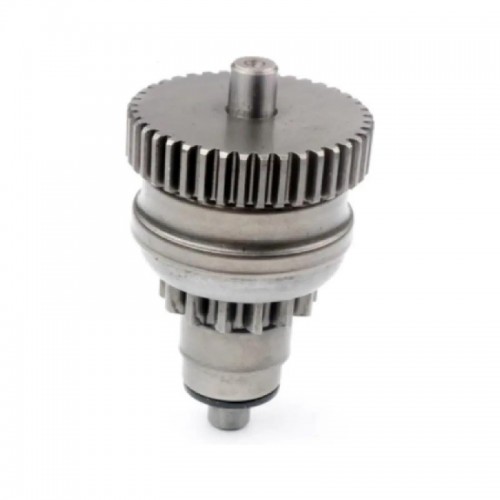
-
Starterstock Starter Drive Bendix for Sea-Doo Speedster 200 Twin 4-TEC

-
Starterstock Starter Drive Bendix for Polaris Trail Blazer/Sportsman
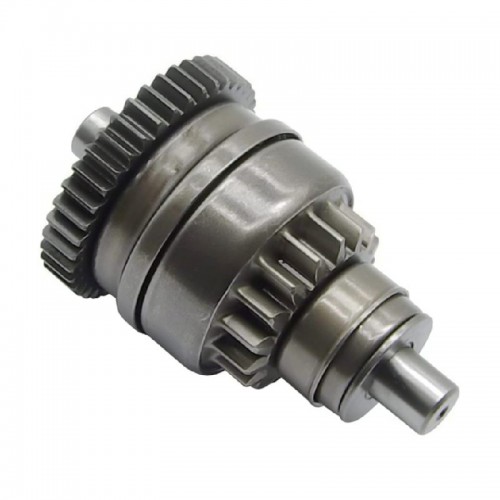
-
Starterstock Starter Drive Bendix for Kawasaki Jet Ski 650-1100
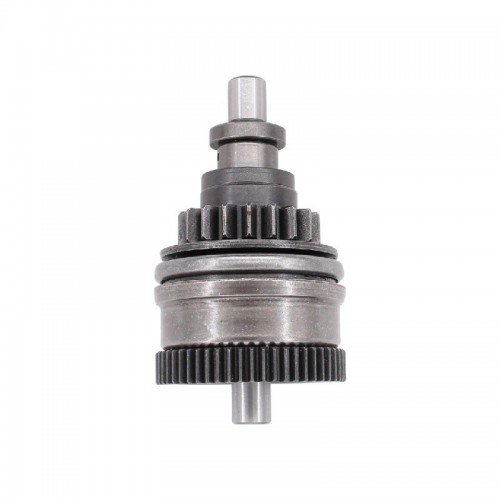
-
Starterstock Starter Drive Bendix for Yamaha WaveRunner/WaveRaider
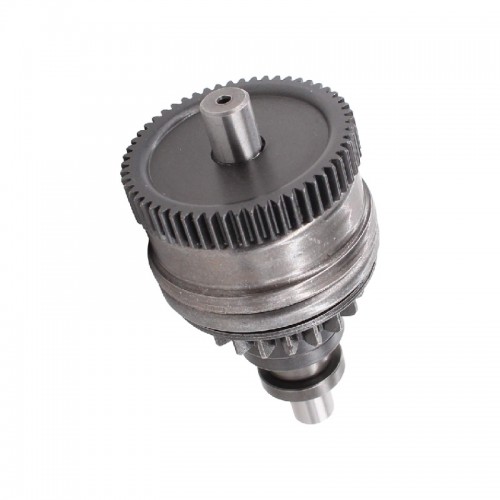
-
Starterstock Starter Drive Bendix for Polaris Sportsman/Ranger
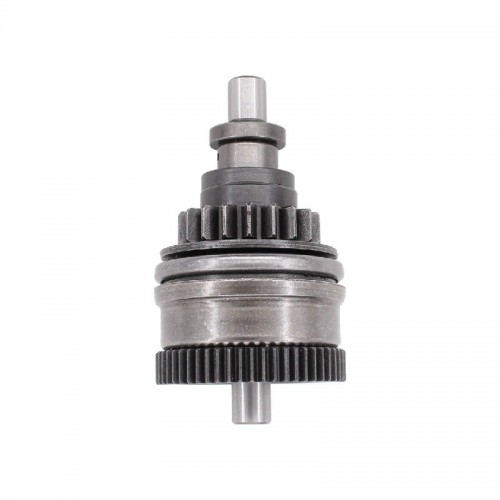
-
CARBURETOR LY-010011 for TOYOTA 4Y HILUX
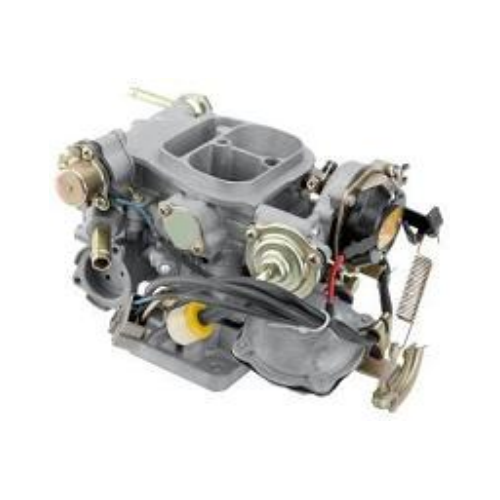
-
CARBURETOR LY-010010 for TOYOTA 3Y HIACE

-
CARBURETOR LY-010009-A for PEUGEOT 405 ZINC
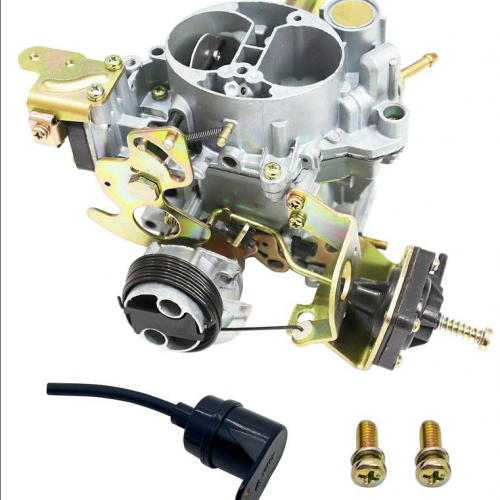
-
CARBURETOR LY-010009 for PEUGEOT 505 ZINC



